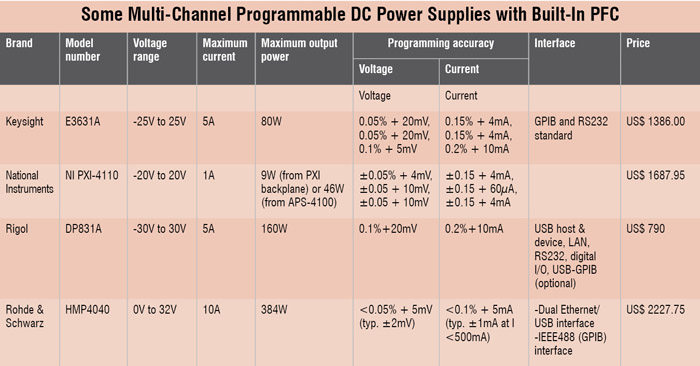Being a test engineer, what is the first question you ask yourself when you decide to buy a programmable power supply (PPS)? Is it the price or features you look for? Now, when you think of features, is it only electrical properties like current, voltage or frequency that you think are important? So many questions to be answered, but do you have the answers?
We all know that a power supply that has an internal microcomputer with an option to customise its working as per the tester’s requirement is called PPS. Now, the question is, what can be customised? Electrical parameters like voltage, current, frequency, time interval in which output is required, input and output formats can all be customised through different computer-programming languages like C, standard commands for programmable instruments (SCPI), etc.
A PPS has a number of things associated with it, starting from remote-controlled interfaces to different compliance standards. All this makes it very difficult for the buyer to purchase the correct PPS, without knowing the options in detail.
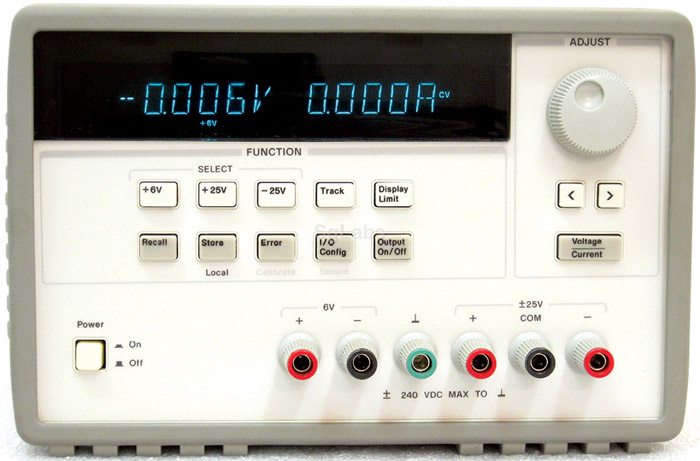
PPS with different interfaces
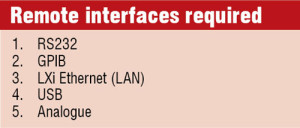
A PPS needs to be connected to a computer so that it can be programmed, and for that, it has plenty of interfacing options. With so many available options for interfaces, one can easily decide the right PPS required for testing. Every interface has its advantages that make the selection easy. On the contrary, you will find some PPSs that are compatible only with specific interfaces, like the XPD series from Ametek.
RS232. The recommended standard number 232 (RS232) is a 25-pin D-type connector. However, low transmission speed, large voltage swing and large standard connectors affect it.
GPIB. The general-purpose interface bus (GPIB) was created as Hewlett-Packard interface bus (HP-IB) with IEEE 488 standard as a standard digital interface for programmable instrumentation.
LXi Ethernet (LAN). LAN extensions for instrumentation (LXi) is a standard that ensures inter-operability and communicates with systems using the Ethernet. It complements existing test and measurement systems like GPIB.
Isolated analogue. An isolated analogue interface allows remote programming using analogue controls. It not only controls the power supply but also reads back output monitor signals.
Mukul Pareek, marketing program manager, Keysight Technologies says, “Although all other interfaces have been there since quite some time, LXi Ethernet and USB interface are the latest and are widely-acceptable with the new type of PPS.”
Different output formats
After interfaces, other features associated with a PPS are output formats.
AC+DC. Do you only want AC output or are you also looking forward to other output forms like DC and AC+DC with an offset? If so, there are different types of PPSs today that can allow you to get different outputs based on test requirements.
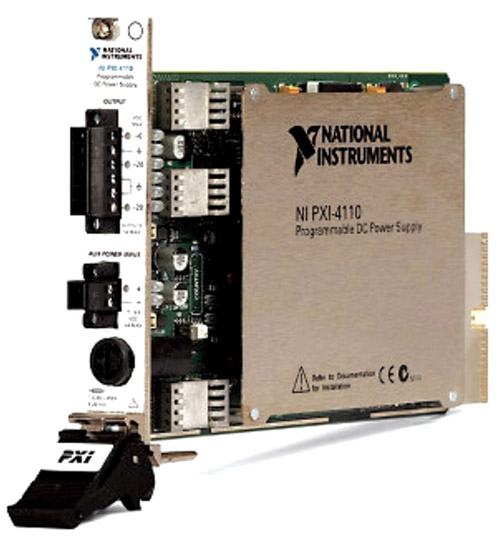
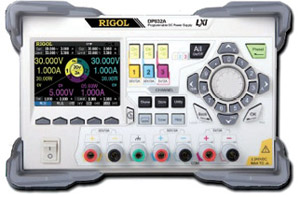
Even though wave generation is the task of a wave generator, some PPSs have added functionalities that allow you to generate advanced waveforms.
Arbitrary waveform. These are custom-defined waveforms with either repetitive or single-wave shots. Some of these PPSs also have the ability to generate waveforms based on 1024 data points.
Harmonic waveform. A harmonic waveform is one whose frequency is a multiple of fundamental frequency. Some PPSs can generate custom-defined waveforms that are based on harmonic content.
Transient generation. Another option that some PPSs have is the ability to generate custom-defined frequency fluctuations (like sweep, swag, surge or drop-out) and voltage.
All PPSs have specific measurement options like voltage, current or power, but a few of them also have a harmonic analyser built-in to measure the Fund-50th harmonic and percentage of total harmonic distortion (TDH).
Technologies and features to look for
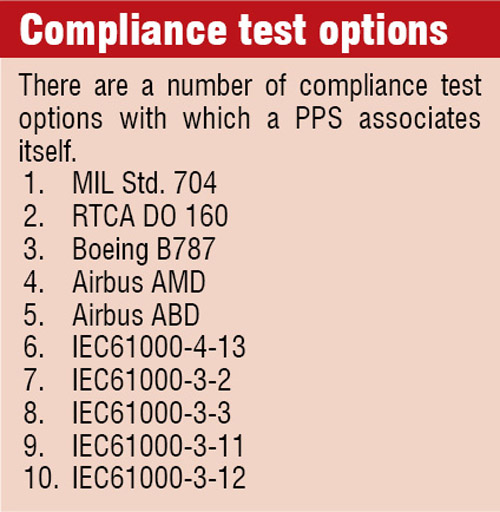 If you want to categorise a PPS, you have plenty of options to do so. But the most important thing to identify is the format in which it is to be categorised.
If you want to categorise a PPS, you have plenty of options to do so. But the most important thing to identify is the format in which it is to be categorised.
A PPS can play two different roles at two different times. It can act as a source at one instance and as a sink at the other. This mode of operation is automatic, depending upon the type of application it is being used with. To explain this better, Chinmay Anand Mishra, technical marketing engineer, National Instruments says, “A PPS can be categorised as per the quadrant it is working in, that is, if it is working as a current source or current sink.”
Now, since this type of categorisation is dependent on the type of application, I will restrict myself to new technologies and features associated to categorise PPSs.
Flexibility in voltage and current selection. Although a PPS can be used in many applications like semiconductor fabrication, X-ray generators and crystal-growth monitoring, its main application is in automated equipment testing. While testing, engineers need wide ranges of voltage and high currents. PPSs available till now had the maximum voltage and current settings that were not required together. Bench-top power supplies have a fixed current that results in reduction of power supplied with output voltage. New power supplies with wider voltage and current ranges are an added advantage.
